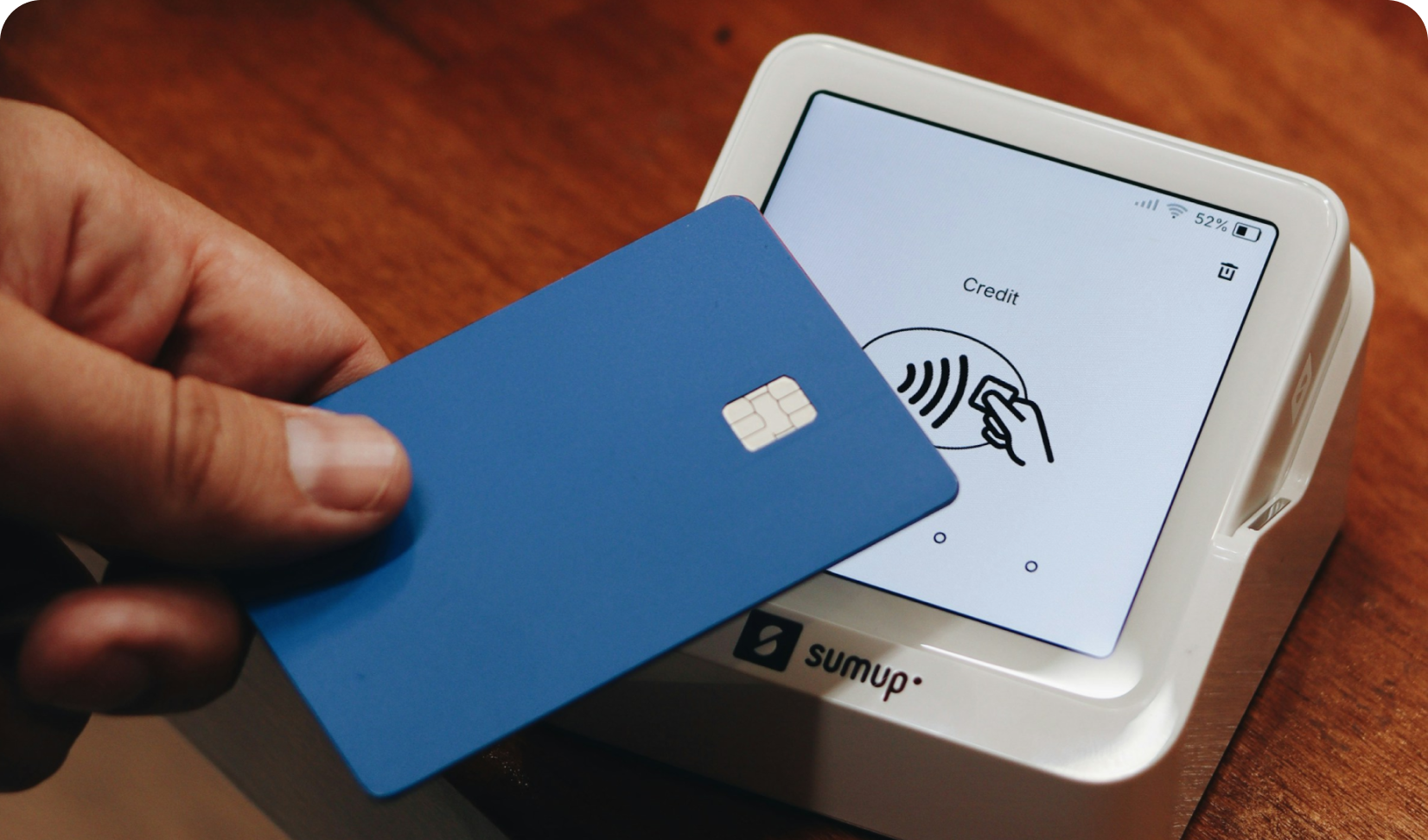Preference measurement: Maximum Difference Scaling
Appinio Research · 20.10.2022 · 6min read

Content
As a marketer or decision-maker, you may often wonder which product features or services are most important to your customers or target audience.
However, not all features or services can make the final cut in your product offerings. This is why prioritising these features is crucial.
One effective method for this is Maximum Difference Scaling (MaxDiff), also known as "Best Worst Scaling." MaxDiff involves presenting respondents with sets of product attributes and asking them to select the best and worst alternative in their view.
By analysing the results, you can derive concrete preference or importance rankings, helping you to make informed decisions that align with your customers' needs and wants.
How does a MaxDiff scaling work?
To conduct a MaxDiff scaling, you first create a list of items (such as product features) whose importance you want to determine from the customer's point of view.
These items are then randomly divided into sets of 4-6 alternatives each, with each item appearing equally often with every other item.
Respondents are presented with each set and asked to select the best and worst alternative from their perspective. The difference between the best and worst alternative is the "maximum difference," which gives the technique its name.
Based on the respondents' MaxDiff scores, you can create a preference or importance ranking. The ranking is calculated from the overall score, which is the difference between the proportion of positive and negative evaluations and can range from -100% to +100%.
This process allows you to identify which product features or services are most important to your customers, enabling you to make informed decisions about your offerings.
Sign up to the Appinio platform for free and browse among templates and case studies for the MaxDiff scaling method.
Advantages and disadvantages of MaxDiff scaling
Its main advantage is that it avoids claim inflation, where all attributes are considered important and their relative importance cannot be determined.
This is particularly helpful in situations where respondents are given a simple list of attributes, as they may assign equal importance to each one.
In contrast, MaxDiff scaling requires respondents to prioritise attributes very precisely, making it easier to determine their true importance.
Further Advantages
- Surveys for MaxDiff Scaling are very simple and therefore very efficient. Each respondent is presented only four items per question, from which they must choose the best or the worst.
-
This makes surveys seem less overwhelming for respondents, particularly when compared to long lists, therefore results are higher quality.
- The different attributes can be directly contrasted and compared based on their importance, and the simple presentation of results facilitates analysis.
Disadvantages
- It only provides information about the relevance of a particular attribute, not about different variations of it. To determine preferences among different variations, a systematic testing of those variations is recommended.
- It may not be suitable for certain aspects such as pricing models, where respondents may always prefer the smallest price.
- While MaxDiff scaling can indicate how important an attribute is compared to others, it does not provide detailed information on how attributes are rated in relation to one another.
Conclusion for MaxDiff
In conclusion, MaxDiff scaling is a highly versatile and efficient method for measuring customer preferences in various areas, including product features, services, claims, and associations.
By prioritising different attributes in comparison to each other, this method helps to avoid claim inflation and provides a precise and intuitive ranking of the most important and least important attributes according to the respondent's perspective.
With the results presented in easily interpretable percentage values, businesses can use MaxDiff scaling data to make informed decisions about their products or services and gain a better understanding of their target group's needs and preferences.
Interested in running your own study?
Book a demo and talk to our experts, they will support you in bring your product and service to the next level.
Get facts and figures 🧠
Want to see more data insights? Our reports are just the right thing for you!


